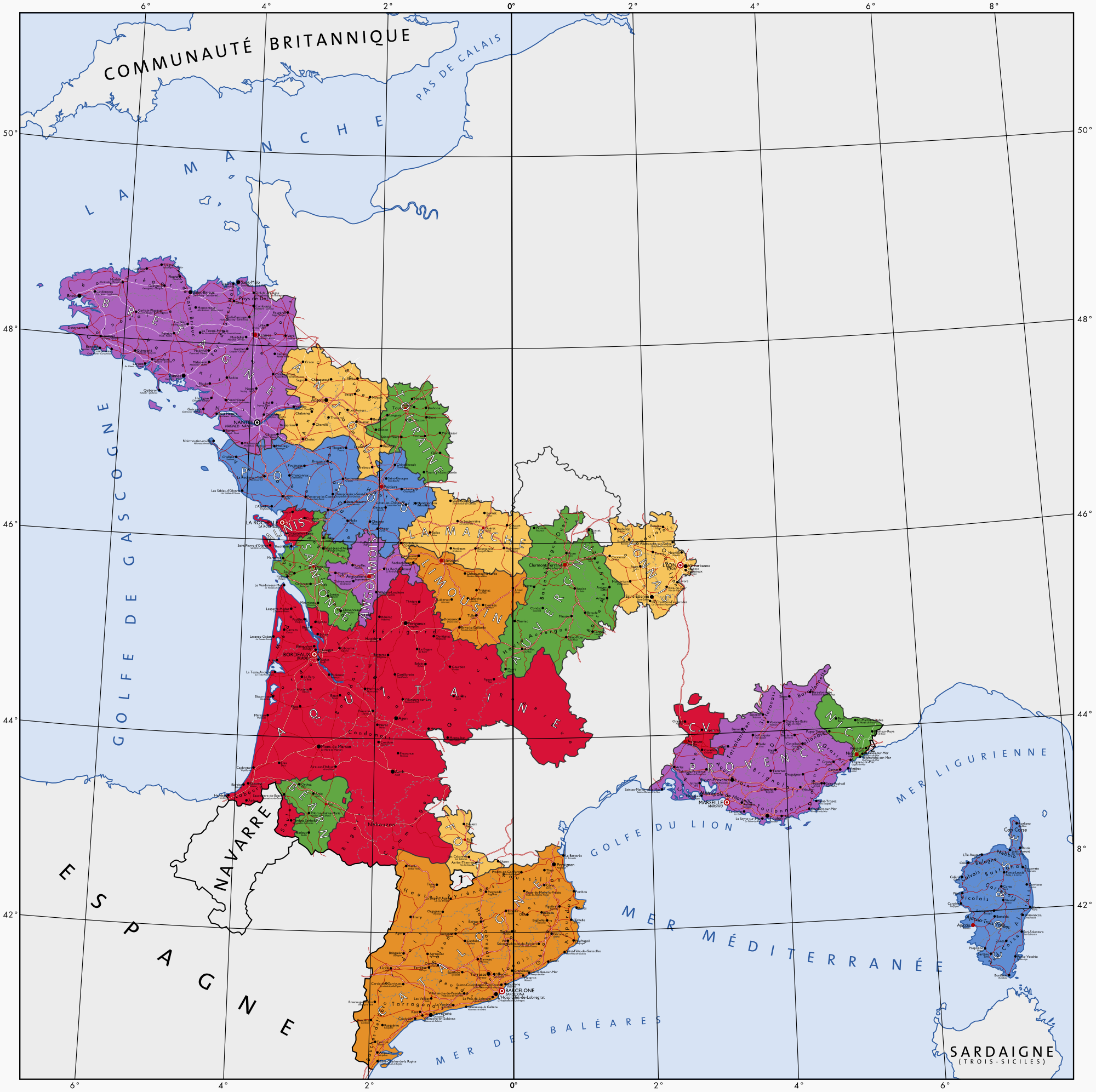Italy is fascist and has its two cronies, Austria and Yugoslavia. Instead of attempting to annex all of Ethiopia, they instead did indeed choose to puppetize it after annexing some border areas.
Hitler died in 1930, shot with his own gun by his half-nice Geli in self-defense after he attempted to force himself onto her. Goebbels is an obscure far-right author and philosopher, who isolates himself in his home town of Rheydt. The Strasser brothers are the leaders of the Free Worker's Party, a minor third-way party in South Germany. Hermann Göring lives in Sweden, where he runs a small private aviation firm, while spending his free time with minor Swedish aristocrats. Joachim von Ribbentrop has recently taken over his father-in-law's wine business. Himmler died in 1923, one of the few deaths in TTL's Beer Hall Putsch attempt.
Regarding the actual leadership I didn't give this much of a thought since this won't be a genuine timeline. What is certain though that North Germany is politically dominated by the Social Democrats, while South Germany tends to be governed by conservative multi-party coalitions.
I see.
What about China? Under a KMT? Or another faction?
So what would the World War 2 TTL sides be?
Who is the leader of the USSR? What is it like?


